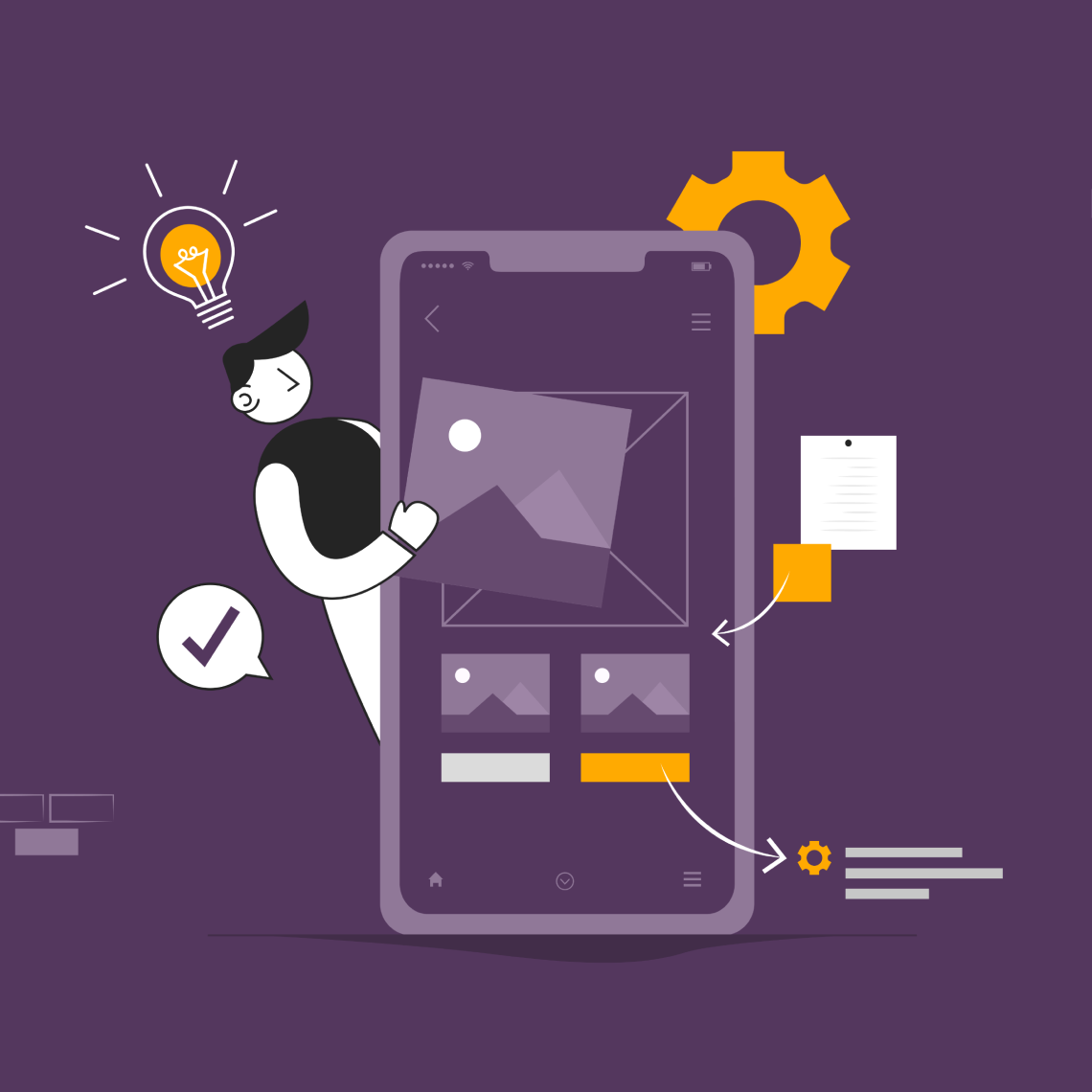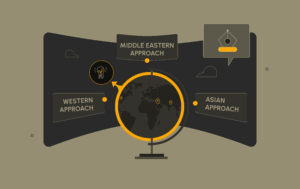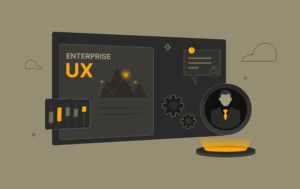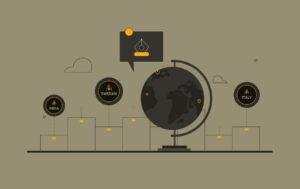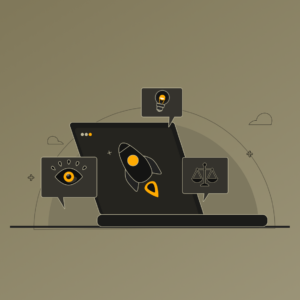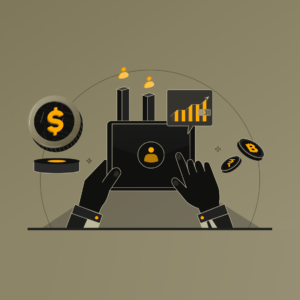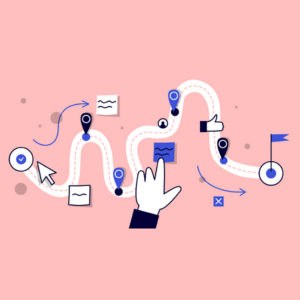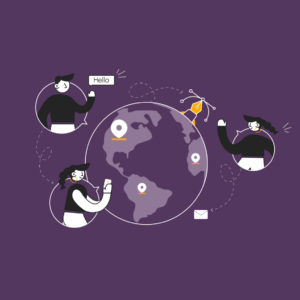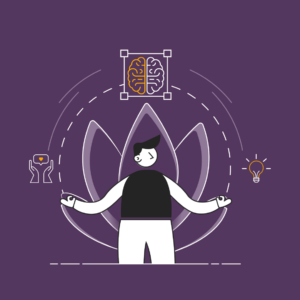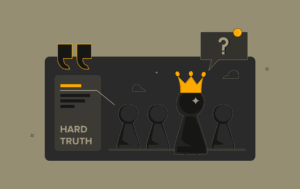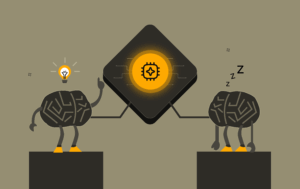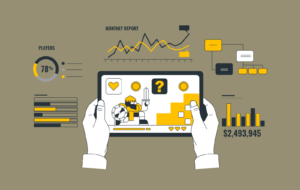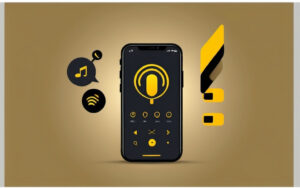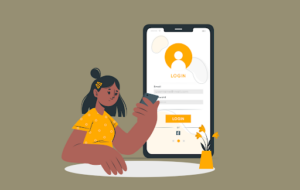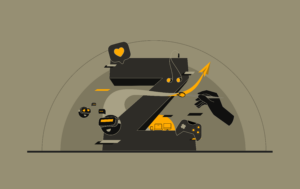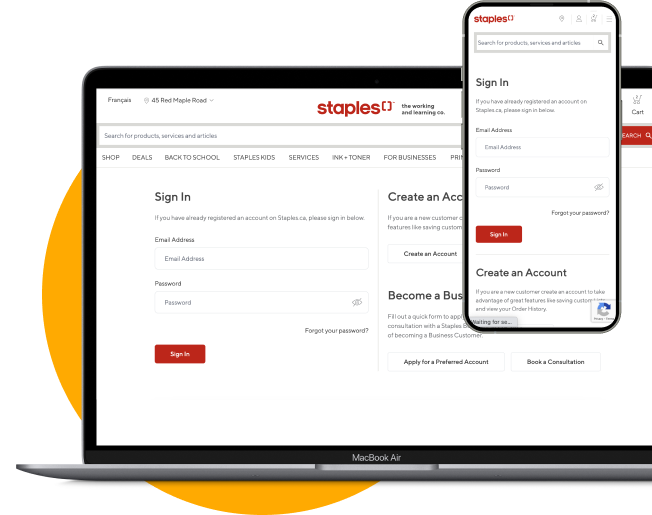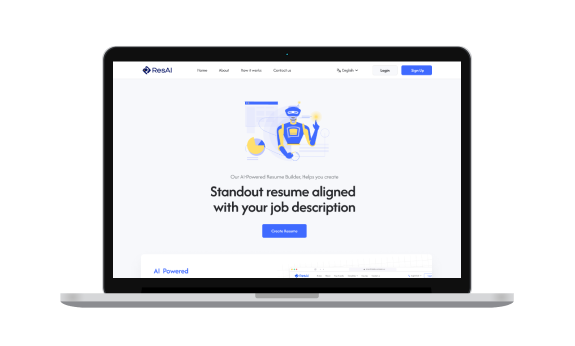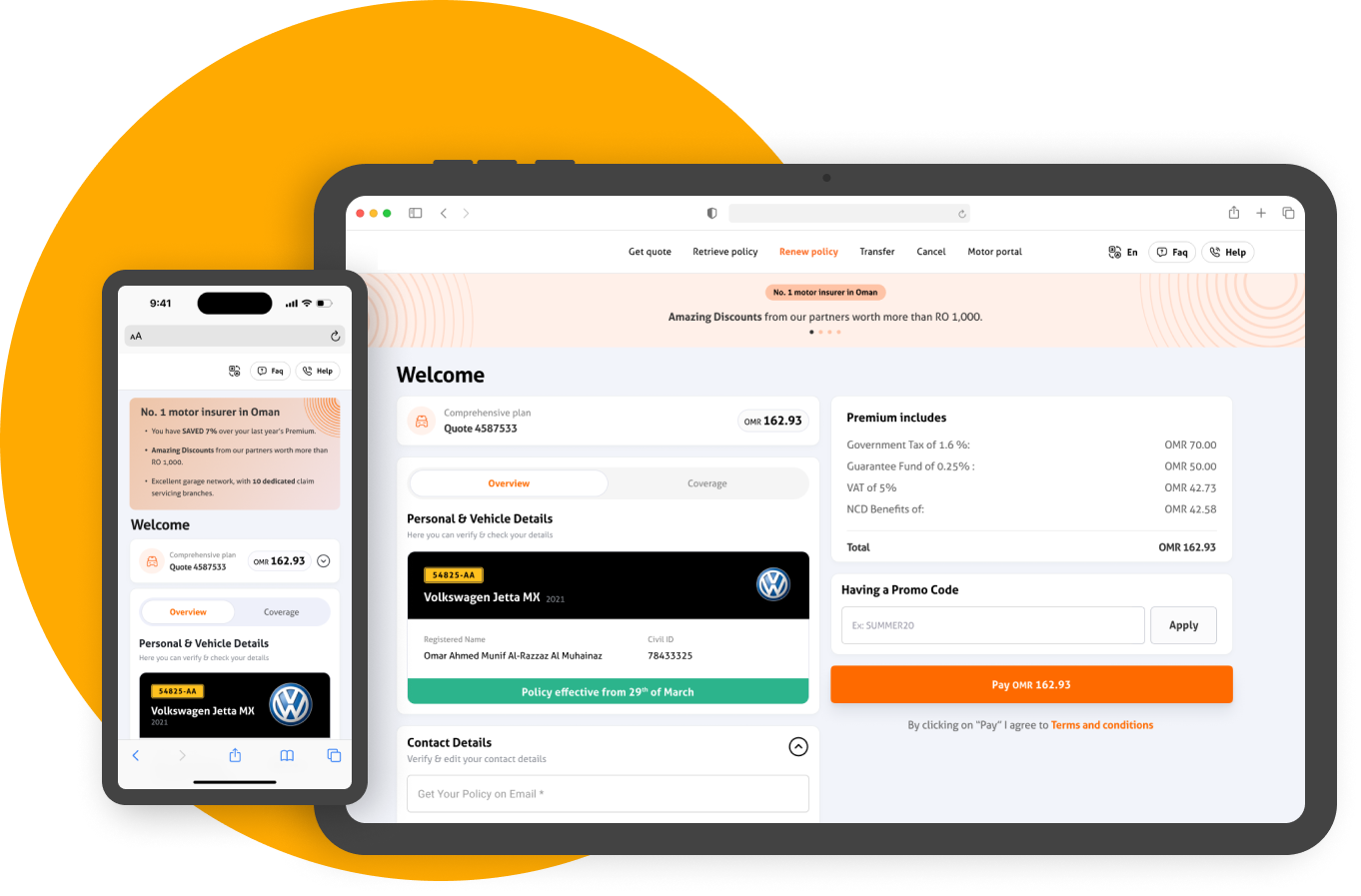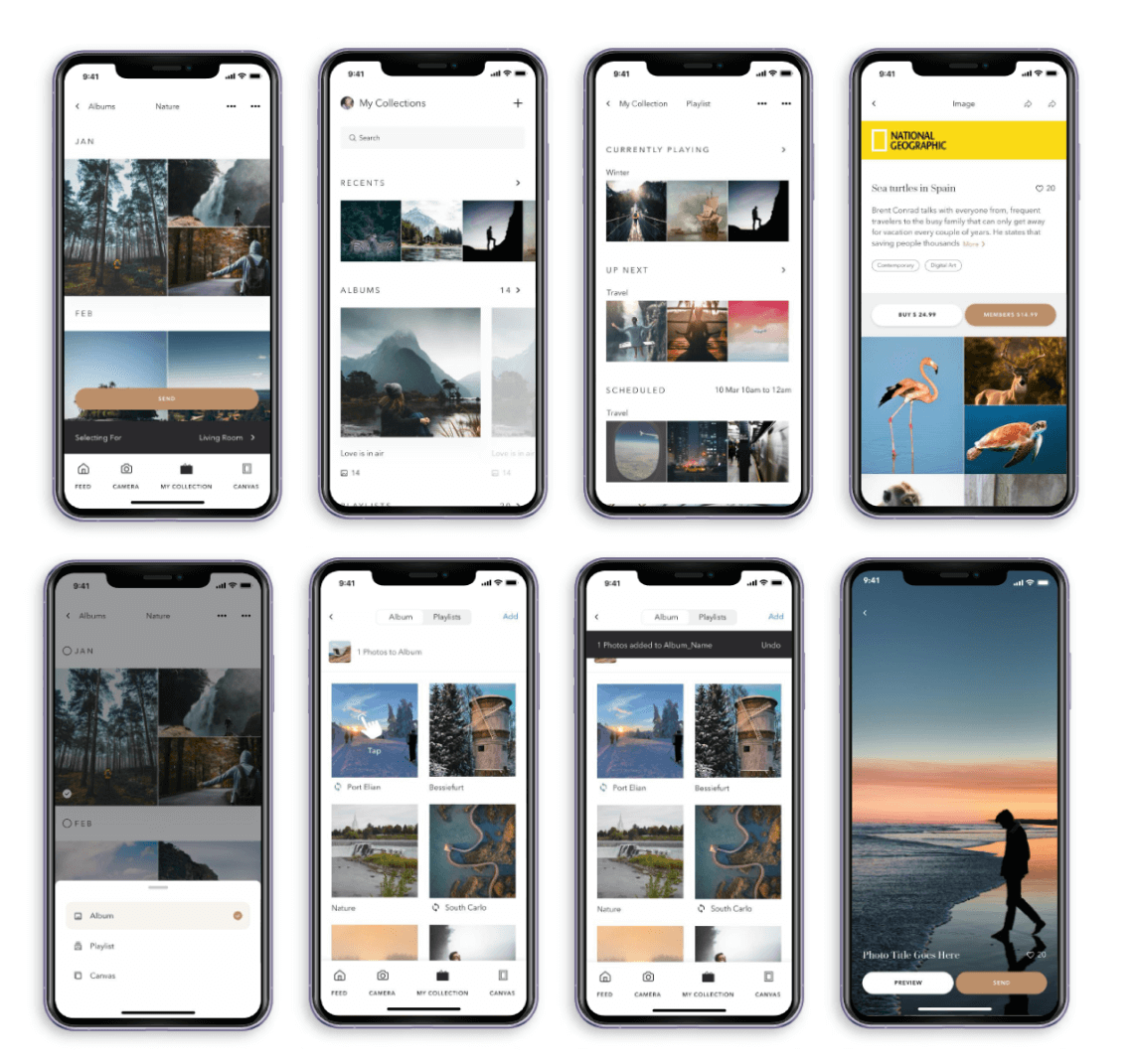Every product designer has a unique process of learning and practicing design. In this article, we’ll be sharing the design process and key learnings of working in the industry for over 10 years of the Senior Product Designer at Deloitte, Jawid Elyacy. Jawid is a seasoned user experience professional having extensive experience in designing digital solutions for companies like Cisco, US Bank, Oracle, Yahoo, Wells Fargo, etc.
In the early stages of his career, Jawid shared, he lacked knowledge in design and made numerous mistakes. Rectifying those mistakes took a significant amount of time, as design is not an easy field to learn but that is what helped him hone his design skills the most. Unlike fields like engineering, where you can follow a set of rules to become proficient, design is a highly experiential and learned field. It’s subjective, where some people may love a design while others may find it unappealing. This duality makes design a double-edged sword. However, experience plays a vital role in gaining proficiency.
However, to him, inspiration has come from being persistent in his work and seeking guidance from the right people. Observing and learning from my peers has been influential in shaping the approach to design, especially in the early stages.
“The actual designing part is easy, like using a tool and adding buttons, and colors. But the planning, research, and the user discovery phase is what is truly critical in design.”
Understanding the user journey, conducting research sessions, and seeking expertise from colleagues, engineers, and product teams are crucial steps in the design process. It’s important to address any questions or confusion early on and leverage the expertise of others. It’s not just about creating something and updating it later; the focus should be on upfront work, iterative and evidence-based design, and ensuring all stakeholders’ perspectives are considered, including the end-users and those working with the technology. By addressing potential issues early, we can avoid getting stuck in a loop.
Key Learnings from Designing Products for Different Industries
Having diversified experience working in companies such as Bank of America, Cognizant, Mercedes, Cisco, etc., Jawid got exposure to a range of industries. He shares that, in each industry, there is a certain ramp-up time required to learn the domain and understand its specific compliance and niche areas. For example, in the banking sector, accessibility is a significant focus due to working with the US government and following strict accessibility guidelines.
Other industries may prioritize different aspects during the discovery and research phases rather than diving straight into the design. It’s not that they don’t value accessibility, but it may not be their primary focus. In contrast, larger companies like banks often have established methodologies that leave less room for flexibility. While you may have some freedom to think creatively, there are limitations imposed by compliance, business requirements, and technical constraints. If you enjoy working within a structured framework and following established approaches, such environments can be rewarding, although you may still have opportunities to think outside the box to some extent.
Benefits and Challenges of Enterprise UX
Sharing his experience of working at Cisco, Jawid said — Recently, I had the opportunity to work with the services and tools team, which allowed me to collaborate closely with different products in the telecom industry. It proved to be a valuable learning experience as the team’s approach to requirements gathering was distinct. Rather than receiving predefined requirements from stakeholders, they fostered an organic development process driven by research. When identifying a problem or user issue, we would build upon it, using it as a requirement and creating a project around it. This approach was quite different from simply receiving requirements from product managers or the business team. It added a unique aspect to the workflow.
However, the collaboration with stakeholders and working with specific technologies presented challenges. We had to quickly ramp up and learn new technologies, such as Angular JS, which was heavily utilized for developing the applications and tools in my scope of work. This constrained the UX process to some extent, requiring frequent communication and collaboration with the development team. They preferred adhering to a pre-established design system and interactions, which sometimes led to back-and-forth discussions. Despite these challenges, leveraging the existing design system offered certain benefits, as it provided a framework and predefined interactions that streamlined the development process.
Being a Champion of UX
In terms of UX, it’s crucial to always voice your concerns and champion the cause of user experience. If you come across a flow or aspect that lacks consideration for UX or fails to understand customer behavior, it can result in a negative experience for users. It’s essential to speak up and communicate these insights. In the case of Cisco, they opted to use the Angular JS tool without customization, which made development easier for the developers. However, it didn’t align with providing an optimal user experience as we hadn’t conducted thorough research on the prototype. It became evident that customization and adjusting the flow and interactions were necessary based on customer feedback and user research findings. It’s our responsibility to champion and advocate for the user throughout the process. By doing so, we ensure that the end product meets user needs and expectations.
While it’s important to consider business and technical considerations, working with stakeholders remains a critical aspect of our work. As UX professionals, we are advocates for the user, and it’s our duty to represent their needs and perspectives. If we fail to fulfill this role, we miss the purpose of our profession. It’s crucial to secure a seat at the table and ensure that user perspectives are integrated into decision-making processes. Decisions shouldn’t solely rely on boardroom meetings and voting; they should be based on evidence and what best serves the user.
Final Thoughts
These were some valuable insights that we got from a seasoned product designer who has experience designing products for a wide range of industries such as banking, telecom, social networking, automobile, etc.
Listen to the full conversation on our podcast where Jawid takes a deep dive into his experiences as a product designer, his story of becoming a creative professional coupled with a lot of fun banter.
Listen to the full episode here:
The Right Approach to UX Designing — Jawid Elyacy
Follow UX Banter Podcast on Spotify and Apple Podcast and stay tuned for more such inspiring and insightful conversations with UX industry experts.
